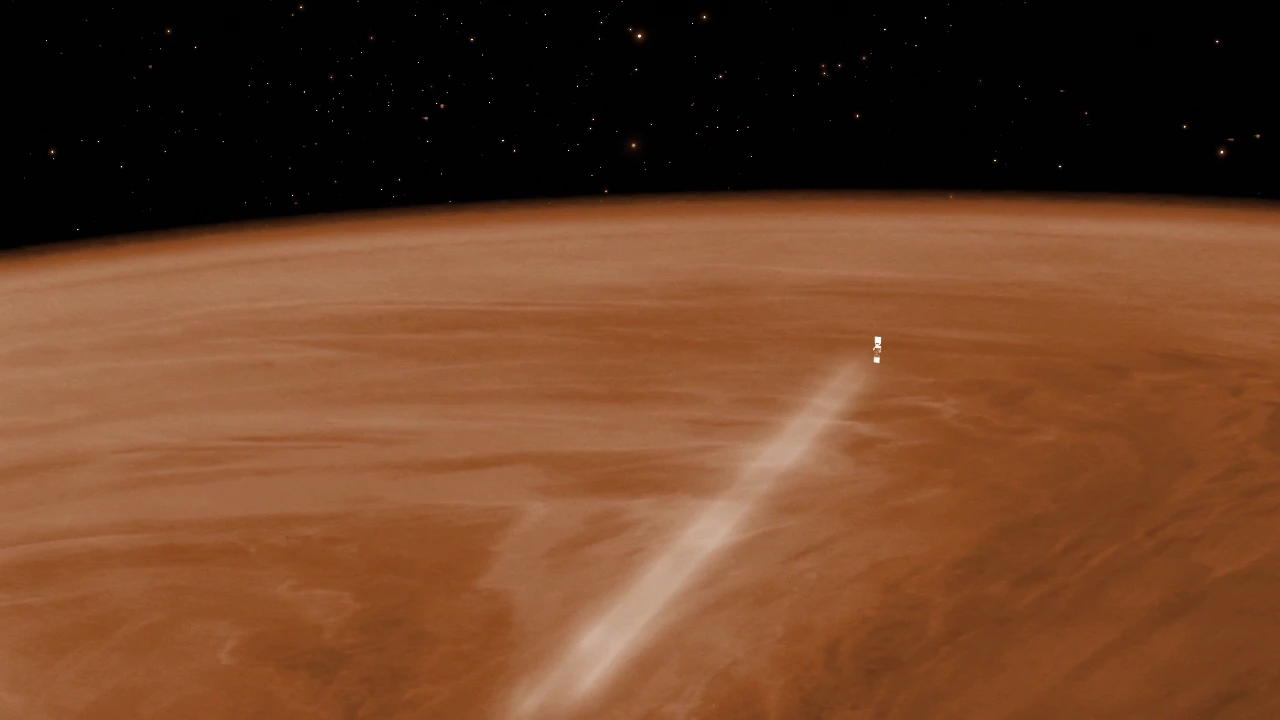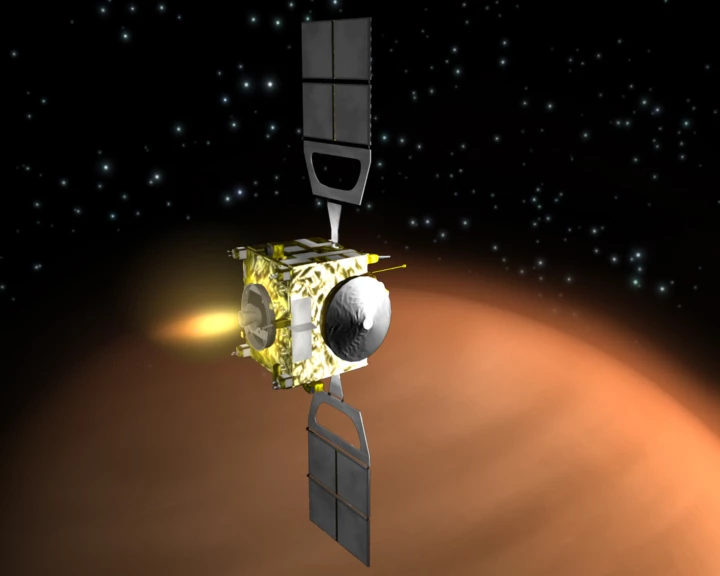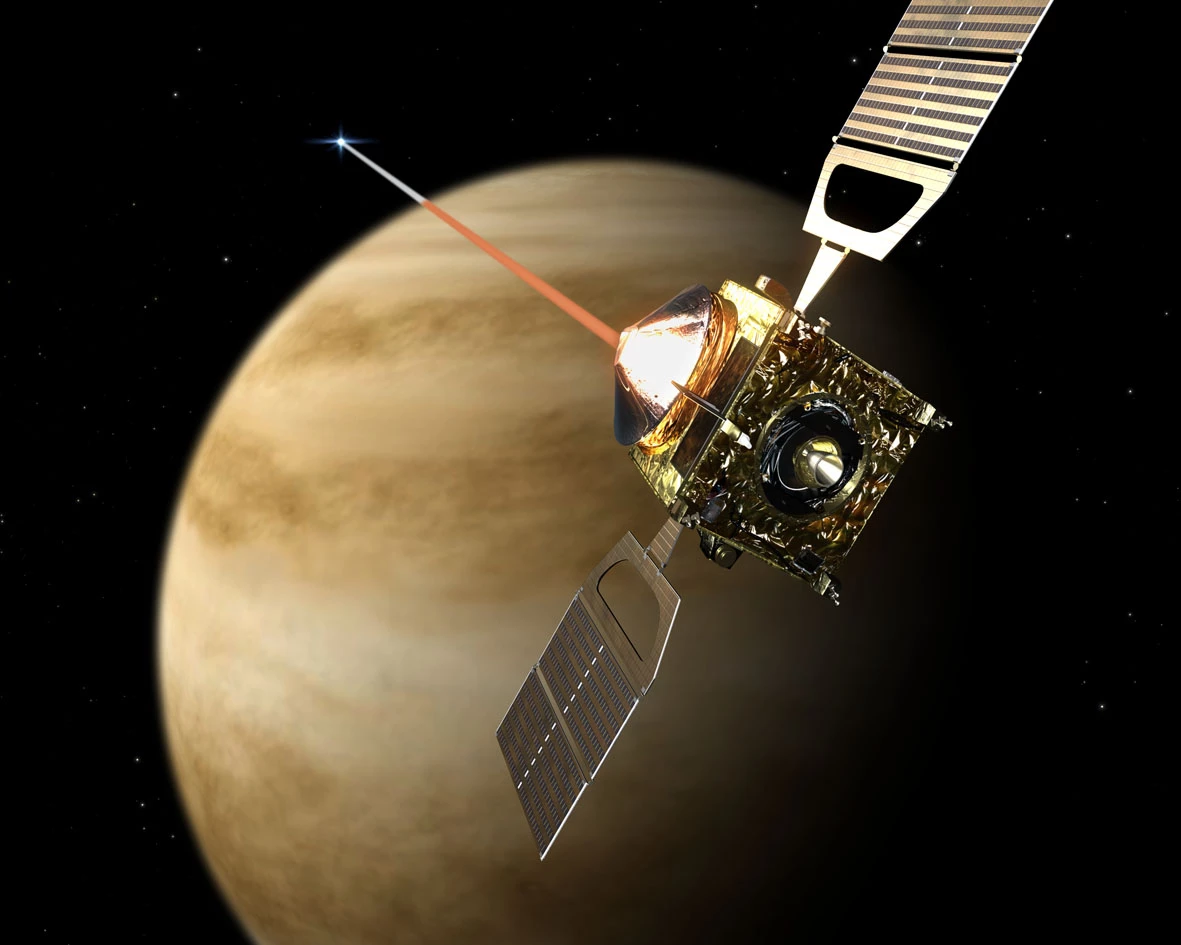After eight years of study of the second planet in our Solar System, ESA’s Venus Express orbiter is winding up its science program in anticipation of a plunge into the Venusian atmosphere sometime in the next two months. The space agency says that the unmanned orbiter’s service life is coming to an end because its propellant is running low, so ESA is sending the probe to take a very close look at the Venusian atmosphere by flying straight through it.
Venus Express carries seven instruments for a full study of the ionosphere, atmosphere and surface of Venus. It was launched on November 9, 2005 from the Baikonur Cosmodrome in Kazakhstan atop a Soyuz–Fregat rocket and arrived at Venus on April 11 the next year, where it was placed in a 24-hour polar elliptical orbit that took it out to 66,000 km (41,000 mi) over the Venusian south pole and 250 km (155 mi) over the north pole.
During its career, Venus Express provided new insights into the nature of the Venusian atmosphere, the planet’s rotation, what there is of its magnetic field, and the possibility of tectonic activity on what many scientist have thought a geologically dead planet. Now that the propellant needed to maintain Venus Express’ atmosphere-skimming orbit is running low, ESA is throwing in its hand and sending the probe deeper into the atmosphere than it’s ever attempted before.
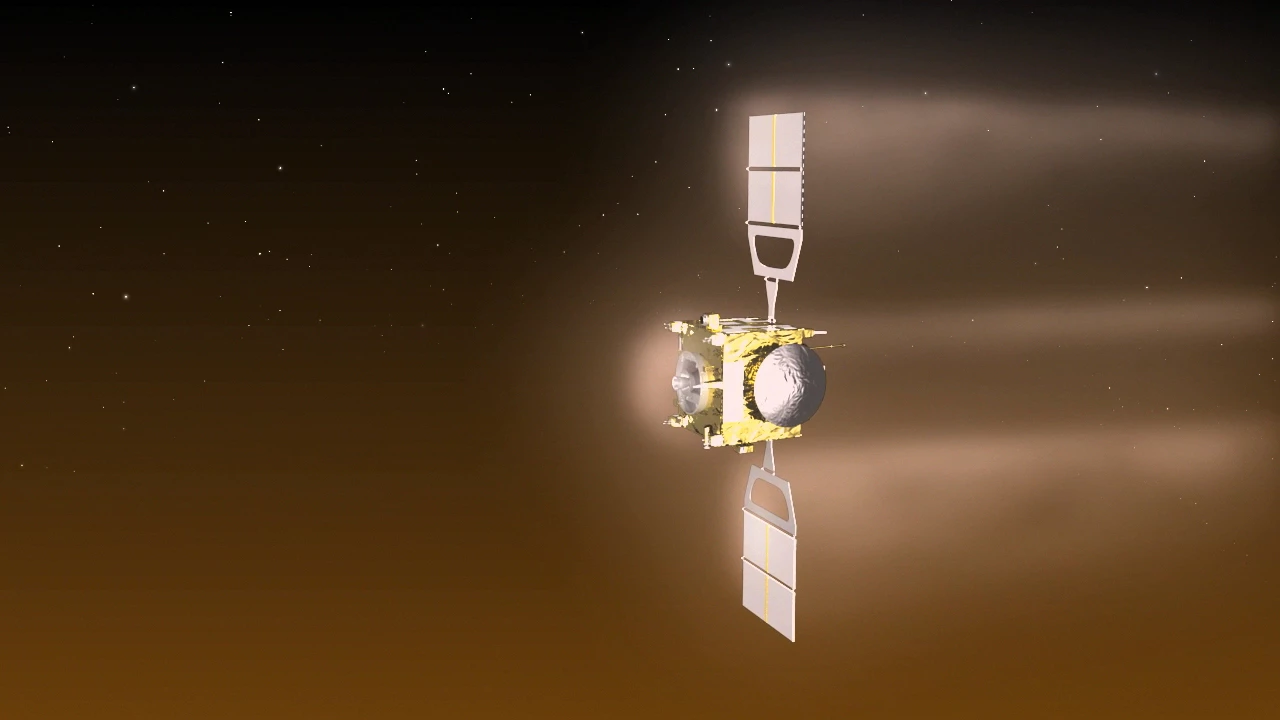
“We have performed previous short ‘aerodrag’ campaigns where we've skimmed the thin upper layers of the atmosphere at about 165 km, but we want to go deeper, perhaps as deep as 130 km, maybe even lower,” says Patrick Martin, Venus Express mission manager. “It is only by carrying out daring operations like these that we can gain new insights, not only about usually inaccessible regions of the planet’s atmosphere, but also how the spacecraft and its components respond to such a hostile environment.
The purpose of the maneuver is to gain experience in aerobraking as a technique that might be used on later missions. ESA sees aerobraking as a way of slowing down arriving spacecraft without heavy and expensive retro rockets and propellants.
According to ESA, the aerobraking experiment will take place some time between June 18 and July 11, during which the spacecraft’s instruments will continue to take readings of the atmosphere and surrounding conditions. The agency is not certain if the Venus Express will survive the experience, but if it does, its condition will be assessed before the decision is made whether or not to extend the mission for a few more months. Either way, Venus Express’ ultimate fate will be a final plunge into the atmosphere, where it will burn up.
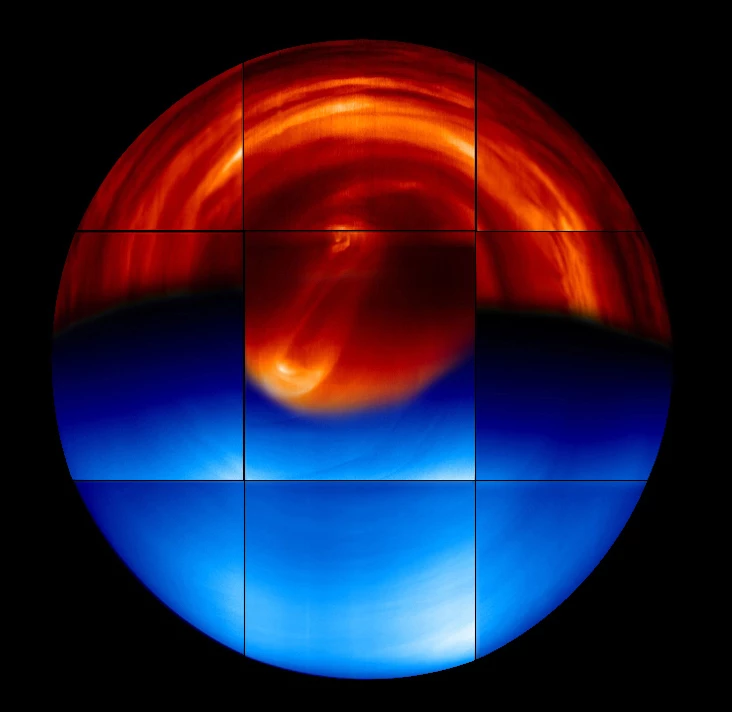
“Venus Express has taught us just how variable the planet is on all timescales and, furthermore, has given us clues as to how it might have changed since its formation 4.6 billion years ago,” says Håkan Svedhem, ESA’s project scientist. “This information is helping us decipher how Earth and Venus came to lead such dramatically different lives, but we’ve also noticed that there are some fundamental similarities.”
The video below shows how the air braking maneuver will work.
Source: ESA






